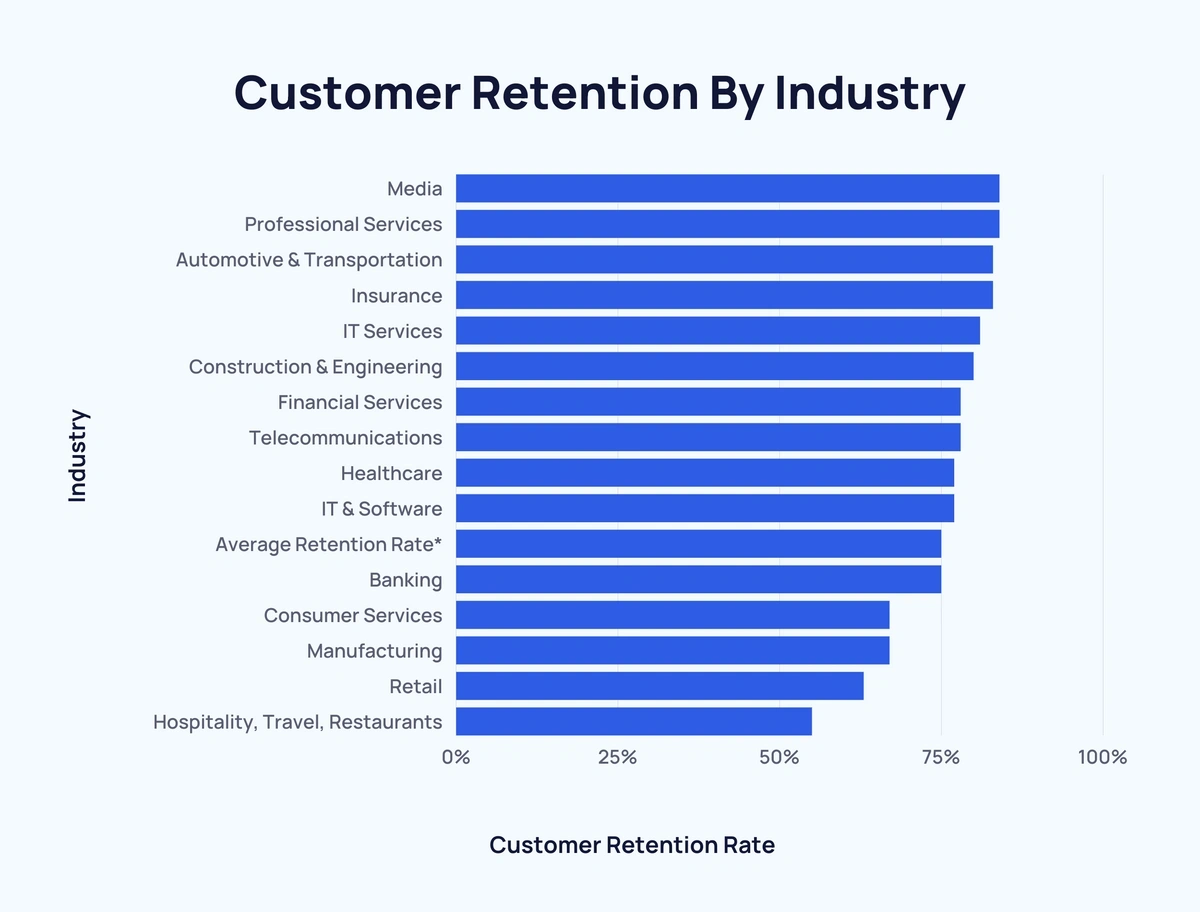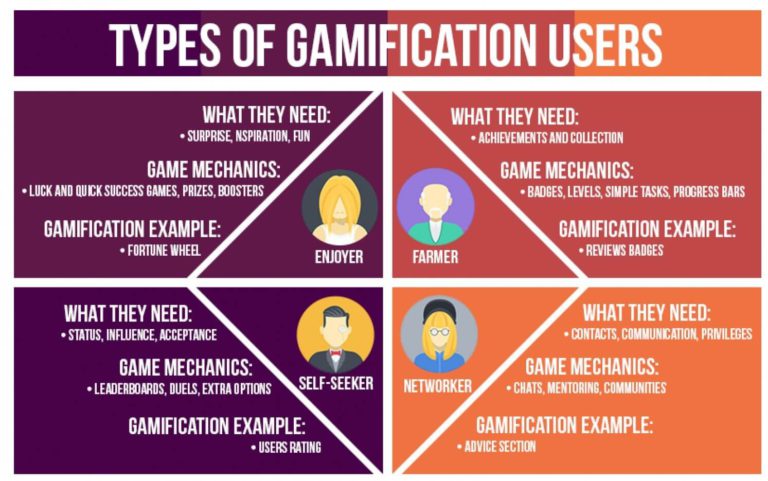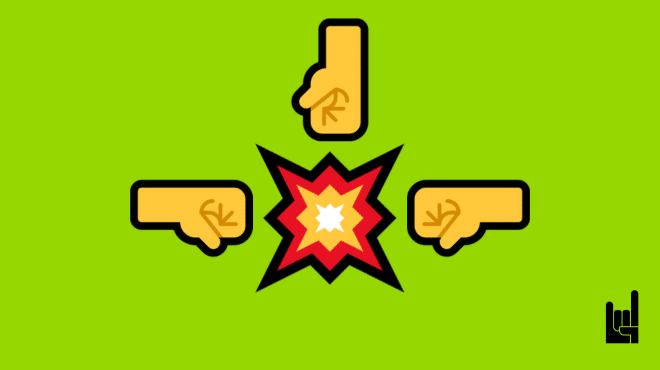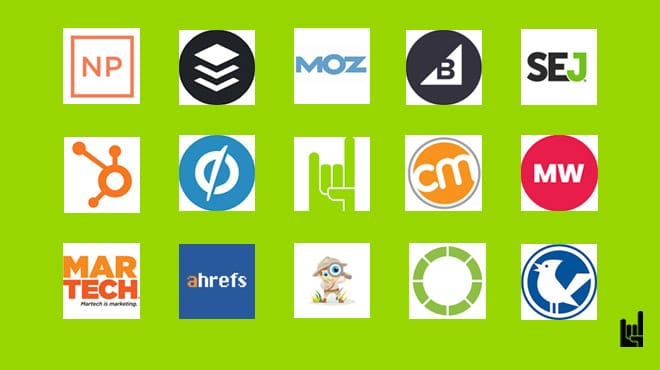Naturally, businesses focus on how they can get more of them. Although increasing their customers should be one of their top priorities, they often overlook another aspect: how to retain them.
This is what is known as customer retention. And here’s what you need to know.
What Is Customer Retention?
Customer retention is the measure of how well a product or service keeps its existing users over a time period. It’s about maintaining customer interest and satisfaction and preventing them from abandoning or discontinuing the use of the product, be it a subscription, a one-time purchase, or any other type of offering.
High customer retention means that customers are satisfied with the product or service and are likely to continue using it.
Retention rate is a crucial metric for businesses and organizations, especially those in the tech industry, to assess the long-term success and sustainability of their customer base. What’s more, it’s a key metric for many SaaS valuations.
How To Measure Customer Retention
Measureing customer retention is relatively easy. It’s calculated by removing the number of new customers acquired during a time period from the number of customers at the end of the period, and dividing by the number of clients at the start of the period.

💡 Example: if your company had 90 customers at the start of the period, added 20 customers over the period, and ended the period with 95 customers, then your customer retention rate would be 83.3%. Here is the calculation:
Customer Retention Rate = (95-20)/90 * 100 = 83%
What Is A Good Customer Retention Rate?
Many businesses wonder: is my customer retention rate good enough?
Customer retention rates can vary widely across different industries and types of products or services. What may be considered a good customer rate for one industry may not be the case for another. Also, what is considered good can change over time as industry standards evolve and user behaviors shift.
As a general guideline, here are the current benchmarks for average customer rates in certain industries:

The importance of customer retention
Retention is one of the 5 stages of the growth funnel (also known as AARRR framework). And this particular stage is pretty crucial. But why so?
[AARRR.png]
Well, when customers stop being customers, it not only results in the loss of their current revenue but also the potential revenue from future purchases.
What’s more, it’s a lot cheaper to retain an existing customer than to acquire a new one, due to several factors:
- Marketing and advertising costs. Acquiring new customers typically involves significant marketing and advertising expenses. From running advertisements to distributing promotional materials, this cost is present whenever you want to acquire a new customer.
- Customer familiarity. Existing customers are already familiar with your products or services. Therefore, it’s more likely in the future to make repeat purchases.
- Loyalty and reduced sales cycle. Selling to existing customers usually involves a shorter sales cycle. Since they are already familiar with your brand, the process of persuading them to make another purchase is generally quicker.
- Word-of-mouth marketing. Satisfied existing customers can become advocates for your brand, leading to positive word-of-mouth marketing. This type of organic marketing is often more effective and less expensive than traditional advertising methods.
To sum up, retaining customers is more cost-effective than acquiring new customers in the long run.
Maximizing Customer Retention: 8 Best Practices For Success
Now that you know more about customer retention and how to measure it, let’s examine some common practices to increase retention.
1. Understand your customer base
Knowing your customer base inside out is crucial. It is not just about the numbers; it’s about understanding each user’s behaviors, preferences, and needs.
To make this happen, you can use a data analytics tool to regularly track and monitor data for understanding customer lifecycles—how they interact with your product or service over time.
Imagine you run an online clothing store. You observe that a big portion of your customers often abandon their shopping carts before making a purchase. This is what is known as shopping cart abandonment.
To address this behavior, you can implement targeted especially for those customers. These emails can include personalized recommendations based on their browsing history, exclusive discounts, and reminders about items left in their carts.
2. Use cohort analysis
Cohort analysis is the process that groups users who share common characteristics or experiences within a particular timeframe. This method helps track the behavior and performance of specific user segments over time.

By comparing these groups, you can identify patterns, understand changes in behavior, and tweak your approach to address different cohorts more effectively.
To understand it better, think about a company providing high-performance solar power systems. They use cohort analysis to group customers who installed solar panels within specific time frames. While tracking energy production, they notice a decline in output after a certain period.
Cohort analysis reveals the issue lies with panels installed in a particular quarter. In their case, they can initiate proactive maintenance for those batches which will help them sustain customer satisfaction and prevent potential churn.
3. Personalize user experiences & Communication
Engaged users are more likely to stick around. This is where personalization comes into the picture. Personalization is more than just addressing a user by their name in an email. It’s about customizing the entire experience to match their preferences.
Tailoring product recommendations, sending targeted communications, or providing customized offers based on their history develops a stronger connection and encourages them to stay active.
Imagine a company selling supplements. For a personalized experience, the company can make customized pre-workout supplement recommendations based on individual user workouts logged in their app. It can also include workout advice and progress milestones that boost engagement and trust.
4. Keep UI simple & easy
Complicated and cluttered UI are huge turn-offs. A clean, intuitive interface makes it easier for users to navigate and engage with your product. Most kinds of websites need a UI/UX audit at least once. A solid UI/UX is what will provide a smooth and enjoyable user experience and encourage users to not only stay longer but also return more often.
For instance, a mobile banking app will prioritize important functions like checking balances or transferring funds on its home screen. This simplicity streamlines the user experience and reduces friction and frustration.
5. Implement user-friendly onboarding processes
During the onboarding period, guide users through their first steps of using your product or service. Provide relevant tutorials, guides, or resources that are easy to access and understand. Break down complex features into manageable steps and show how they can benefit from your product or service.
Let’s consider a financial planning app. It tailors onboarding experiences based on user goals—retirement planning, investment strategies, or budgeting. Step-by-step guidance and minimal information initially simplify account setup. The app educates users gradually about its features, nudging them to set savings goals.
The result? Higher user engagement, quicker adoption, and, of course, a higher customer retention rate.
6. Use Gamification
Incorporating game-like elements into your platform can boost user engagement. Consider introducing rewards, points, or badges for completing tasks or reaching milestones within your product.

This could be tied to user loyalty programs where consistent engagement gives them perks or benefits. The key is to make these incentives meaningful and aligned with your users’ interests, encouraging them to stay connected and involved.
For example, a learning platform for students integrates gamified quizzes and progress tracking. As students complete modules, they earn badges and points which creates a sense of achievement. This gamified approach incentivizes regular usage as the average customer strives to unlock rewards and showcase their progress.
7. Focus on continuous value delivery
Users stick around when they perceive ongoing value in what you offer. Therefore, you need to keep your product relevant and valuable by constantly updating and improving it. Regularly seek customer feedback to understand what they like or dislike and what features they wish to see.
Then, you can use this feedback to prioritize updates and enhancements that align with user needs and market trends. This way, you keep users engaged and interested in what you offer.
Think of an innovative eCommerce business. These kinds of businesses constantly try to innovate and add new features like personalized recommendations, AI-driven shopping assistance, and limited product ranges.
8. Customer support & community building
Make sure users can easily reach out for help when needed. Provide multiple channels for customer service, like chat, email, help desk ticketing system, or a dedicated support center. Timely and helpful responses to queries or issues can greatly impact a user’s perception of your brand.
Furthermore, building a community around your product or service can create a sense of belonging among users. When users feel part of a community, they’re more likely to stay engaged and advocate for your brand. This can be through forums, social media groups, dedicated user communities, or other forms of community marketing.
A job search platform could be a prime example of this. On the one hand, they can have a customer support team to provide assistance to the candidates. On the other hand, they can have a community forum where users will share insights, tips, and experiences between them.
This strong network not only helps in customer retention but can also help you with many other of your marketing campaigns, such as word-of-mouth marketing.
Conclusion
Everybody likes getting new customers. “New” is always more exciting, we get it! But it can also become a vanity metric.
But when it comes to data-driven marketing, the reality is pretty straightforward: retaining customers is as important, if not more important than acquiring new ones.
So are you making sure that our business prioritizes that? If so, how efficient are you at maintaining a high user retention?
If you are looking for ways to create new strategies to increase retention, or re-examine some older ones, consider booking a free consultation or sending us an email.
We’d love to hear from you!

I write for GrowthRocks, one of the top growth hacking agencies. For some mysterious reason, I write on the internet yet I’m not a vegan, I don’t do yoga and I don’t drink smoothies.



